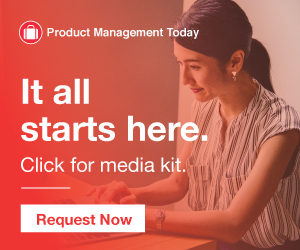How to Make Product Management for Enterprise Systems Work
Mind the Product
APRIL 9, 2018
I love building enterprise systems, because you get to work with your customers/users every day and literally see their lives change as you release new features. In my case, at Zalando , these are systems for fashion buying, supply chain management, inventory management and procure-to-pay processes (e.g. paying our suppliers for merchandise we bought from them).























Let's personalize your content